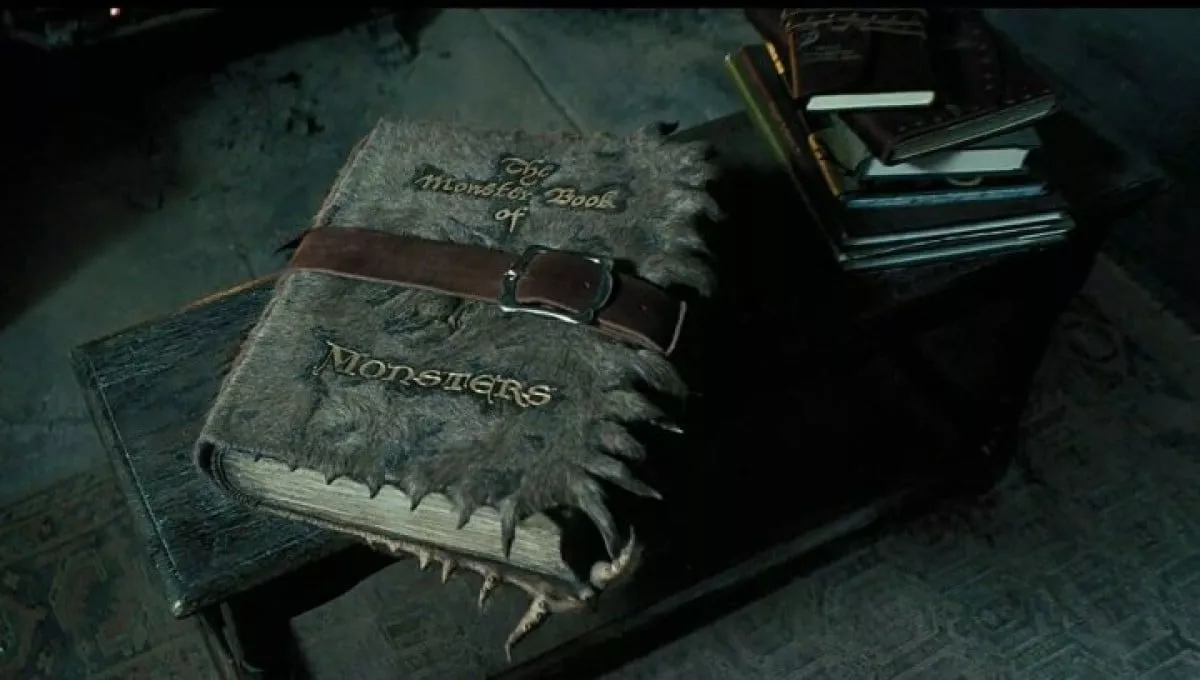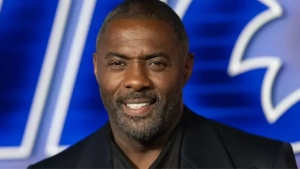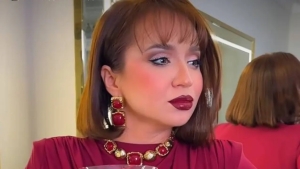
In the world of "Harry Potter," there is a deeply developed mythology, some elements of which continue to spark debates among scholars and fans. This was reported by Upl.uz.
One of these is the educational guide titled "The Book of Magical Creatures." Despite the fact that this book must be kept chained and has aggressive behaviors, it is included in the official curriculum for thirteen-year-old students at Hogwarts School.
According to recent expert opinions, this phenomenon is not just an ordinary extraordinary thing, but a well-thought-out pedagogical tool. The Harry Potter series, while being intricately developed, also has some ambiguous aspects that have yet to be fully explained.
"The Book of Magical Creatures" occupies such a place. Due to its aggressive characteristics making its use dangerous, many questions arise about its origin and true purpose in the educational process.
This artifact appears in "Harry Potter and the Prisoner of Azkaban," indicating that the themes of this franchise have shifted to a more serious and darker direction. The book serves as a textbook on caring for magical creatures, possessing its own unique temperament and teeth.
It ranks among the famous symbols like the Golden Snitch or Voldemort's Horcrux. Initially, the book is accepted as a part of the unique, bizarre, and ever-living world created by J.K. Rowling.
In the "Floris and Blotts" bookstore, it is kept in a cage, locked with a key, indicating its dangerous nature. Harry Potter's struggles with the book lead to comical situations, but Hagrid's simple instruction—to stroke the book's spine—makes it obedient.
The book contains information about complex magical creatures like manticores and sphinxes, making it one of the richest sources of information in the third-year curriculum. Although the author is not specified in the literary source, the film adaptation credits the authorship to Eduardo Lima.
This name refers to the real-life graphic designer Eduardo Lima, who created the visual style for many attributes in the films. The book has existed long before the main events, at least since 1927, as shown in the film "Fantastic Beasts: Dumbledore's Secrets."
In "Prisoner of Azkaban," the book is depicted in the form of a hairy flobberworm, with eyes resembling spider eyes, and its jaws working in a shaking manner. This image has become an integral part of the franchise's commercial system and is sold as a souvenir in Universal Studios theme parks.
Nevertheless, the use of the book in school raises serious questions. Hagrid's official explanation is limited to considering this task "interesting."
Especially when events such as the book attacking Neville Longbottom are taken into account, this explanation is insufficient. Analyzing the origins of "The Book of Magical Creatures" has led to several hypotheses.
The book's behaviors are not entirely unique in the magical world. For example, Tom Riddle's diary is also one of the enchanted or semi-sentient texts.
However, because "The Book of Magical Creatures" is mass-produced and openly sold, it occupies a place among dangerous and permitted artifacts. According to one theory, the book is a magically animated non-living object that mimics life.
Like the Golden Snitch, its movements imitate the behavior of the unique snidget bird. Another, darker version suggests that the book emerged as a result of violently transforming a living creature.
Professor McGonagall's classes indicate the existence of such processes, sometimes







